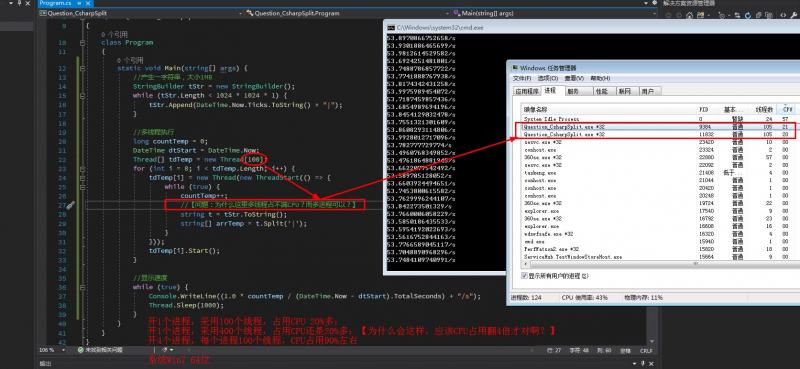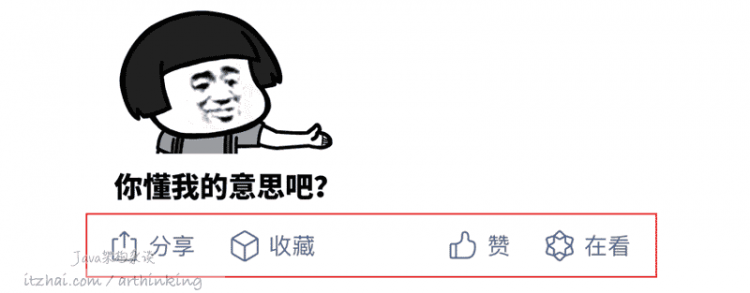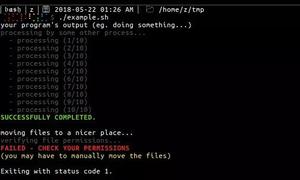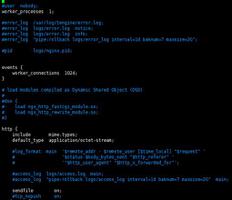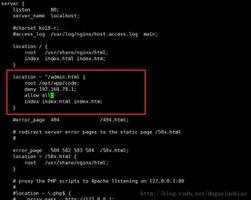当父进程被杀死时杀死子进程
我正在使用System.Diagnostics.Process应用程序中的类创建新流程。
我希望当我的应用程序崩溃时,该进程被终止。但是,如果我从任务管理器中杀死我的应用程序,则不会杀死子进程。
有什么方法可以使子进程依赖于父进程?
回答:
在这个论坛上,将“乔什”归功。
Application.Quit()并且Process.Kill()是可能的解决方案,但已证明是不可靠的。当主应用程序死亡时,您仍然可以运行子进程。我们真正想要的是子进程在主进程死亡后立即死亡。
解决方案是使用“作业对象” http://msdn.microsoft.com/zh-
cn/library/ms682409(VS.85).aspx。
这个想法是为您的主应用程序创建一个“作业对象”,并向该作业对象注册子进程。如果主进程终止,则操作系统将负责终止子进程。
public enum JobObjectInfoType{
AssociateCompletionPortInformation = 7,
BasicLimitInformation = 2,
BasicUIRestrictions = 4,
EndOfJobTimeInformation = 6,
ExtendedLimitInformation = 9,
SecurityLimitInformation = 5,
GroupInformation = 11
}
[StructLayout(LayoutKind.Sequential)]
public struct SECURITY_ATTRIBUTES
{
public int nLength;
public IntPtr lpSecurityDescriptor;
public int bInheritHandle;
}
[StructLayout(LayoutKind.Sequential)]
struct JOBOBJECT_BASIC_LIMIT_INFORMATION
{
public Int64 PerProcessUserTimeLimit;
public Int64 PerJobUserTimeLimit;
public Int16 LimitFlags;
public UInt32 MinimumWorkingSetSize;
public UInt32 MaximumWorkingSetSize;
public Int16 ActiveProcessLimit;
public Int64 Affinity;
public Int16 PriorityClass;
public Int16 SchedulingClass;
}
[StructLayout(LayoutKind.Sequential)]
struct IO_COUNTERS
{
public UInt64 ReadOperationCount;
public UInt64 WriteOperationCount;
public UInt64 OtherOperationCount;
public UInt64 ReadTransferCount;
public UInt64 WriteTransferCount;
public UInt64 OtherTransferCount;
}
[StructLayout(LayoutKind.Sequential)]
struct JOBOBJECT_EXTENDED_LIMIT_INFORMATION
{
public JOBOBJECT_BASIC_LIMIT_INFORMATION BasicLimitInformation;
public IO_COUNTERS IoInfo;
public UInt32 ProcessMemoryLimit;
public UInt32 JobMemoryLimit;
public UInt32 PeakProcessMemoryUsed;
public UInt32 PeakJobMemoryUsed;
}
public class Job : IDisposable
{
[DllImport("kernel32.dll", CharSet = CharSet.Unicode)]
static extern IntPtr CreateJobObject(object a, string lpName);
[DllImport("kernel32.dll")]
static extern bool SetInformationJobObject(IntPtr hJob, JobObjectInfoType infoType, IntPtr lpJobObjectInfo, uint cbJobObjectInfoLength);
[DllImport("kernel32.dll", SetLastError = true)]
static extern bool AssignProcessToJobObject(IntPtr job, IntPtr process);
private IntPtr m_handle;
private bool m_disposed = false;
public Job()
{
m_handle = CreateJobObject(null, null);
JOBOBJECT_BASIC_LIMIT_INFORMATION info = new JOBOBJECT_BASIC_LIMIT_INFORMATION();
info.LimitFlags = 0x2000;
JOBOBJECT_EXTENDED_LIMIT_INFORMATION extendedInfo = new JOBOBJECT_EXTENDED_LIMIT_INFORMATION();
extendedInfo.BasicLimitInformation = info;
int length = Marshal.SizeOf(typeof(JOBOBJECT_EXTENDED_LIMIT_INFORMATION));
IntPtr extendedInfoPtr = Marshal.AllocHGlobal(length);
Marshal.StructureToPtr(extendedInfo, extendedInfoPtr, false);
if (!SetInformationJobObject(m_handle, JobObjectInfoType.ExtendedLimitInformation, extendedInfoPtr, (uint)length))
throw new Exception(string.Format("Unable to set information. Error: {0}", Marshal.GetLastWin32Error()));
}
#region IDisposable Members
public void Dispose()
{
Dispose(true);
GC.SuppressFinalize(this);
}
#endregion
private void Dispose(bool disposing)
{
if (m_disposed)
return;
if (disposing) {}
Close();
m_disposed = true;
}
public void Close()
{
Win32.CloseHandle(m_handle);
m_handle = IntPtr.Zero;
}
public bool AddProcess(IntPtr handle)
{
return AssignProcessToJobObject(m_handle, handle);
}
}
看着构造函数…
JOBOBJECT_BASIC_LIMIT_INFORMATION info = new JOBOBJECT_BASIC_LIMIT_INFORMATION();info.LimitFlags = 0x2000;
这里的关键是正确设置作业对象。在构造函数中,我将“限制”设置为0x2000,这是的数字值JOB_OBJECT_LIMIT_KILL_ON_JOB_CLOSE。
MSDN将该标志定义为:
当作业的最后一个句柄关闭时,导致与该作业关联的所有进程终止。
设置好此类后,您只需在作业中注册每个子进程。例如:
[DllImport("user32.dll", SetLastError = true)]public static extern uint GetWindowThreadProcessId(IntPtr hWnd, out uint lpdwProcessId);
Excel.Application app = new Excel.ApplicationClass();
uint pid = 0;
Win32.GetWindowThreadProcessId(new IntPtr(app.Hwnd), out pid);
job.AddProcess(Process.GetProcessById((int)pid).Handle);
以上是 当父进程被杀死时杀死子进程 的全部内容, 来源链接: utcz.com/qa/430345.html


